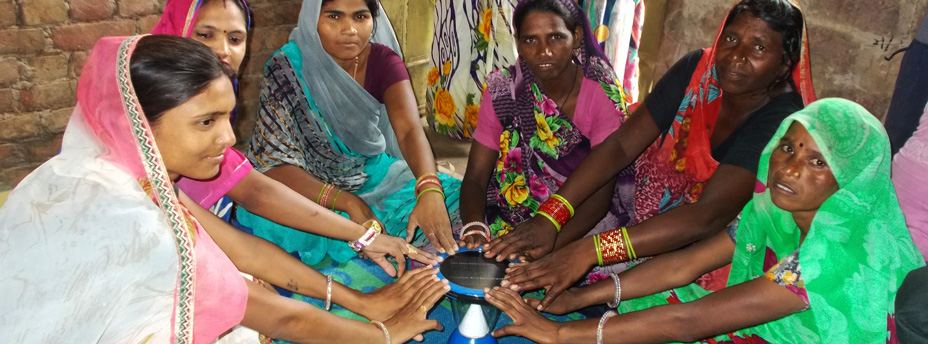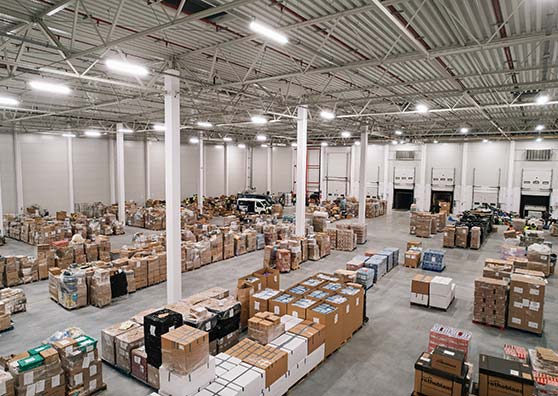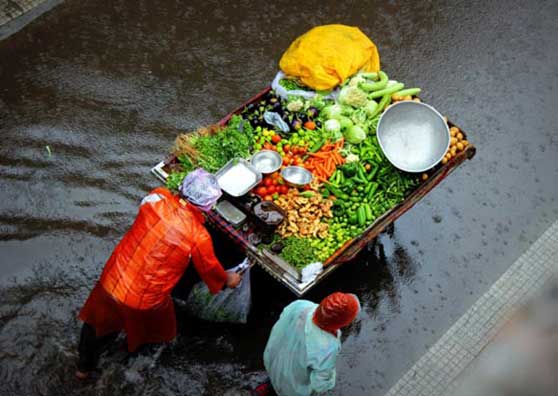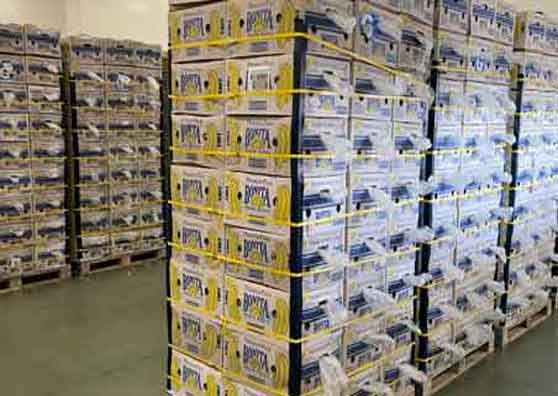 Naval Dei (third from left) with early adopters of solar lamps in the village of Dhaulpur in India. © Yogendra Kumar/Monika Choudhary/Frontier Markets
Naval Dei (third from left) with early adopters of solar lamps in the village of Dhaulpur in India. © Yogendra Kumar/Monika Choudhary/Frontier Markets
 Kerosene lamps were a permanent source of frustration and concern for Naval Dei. The lamps hindered basic household activities, and she worried constantly that her toddler might get burned accidentally—as it has happened in the past in her village of Dhaulpur, in the Indian state of Rajasthan.
Kerosene lamps were a permanent source of frustration and concern for Naval Dei. The lamps hindered basic household activities, and she worried constantly that her toddler might get burned accidentally—as it has happened in the past in her village of Dhaulpur, in the Indian state of Rajasthan.
“It was a huge risk for my four-year-old son,” said the 34-year-old single mom. “It also made it difficult to finish the chores, and my daughter could barely study after the sun went down because the smoke from the kerosene lamp burned her eyes.”
Naval Dei’s future started to look brighter in 2015, when she came across some solar lights being sold in her village by Frontier Markets, a distribution partner for IFC’s Lighting Asia/India program.
“I bought a lamp to test it out for myself—and it was life-changing,” she said. To her surprise, the contact with Frontier Markets yielded more than an alternative lighting solution: she became one of 250 women entrepreneurs—or “solar sahelis”—selling solar projects to other villagers.
The additional income was an important benefit to her, because she had only a primary school education and had been providing for the whole family since her husband passed away a few years before. Since becoming a “solar saheli” in late 2015, she has sold nearly 50 lamps in her village, where electricity supply is limited to less than three hours a day.
“People think I am removing darkness from their lives and welcome me in their homes,” she said. “I want everyone to experience the positive changes that I have experienced.”
The “ecosystem” approach
Launched in 2012, the Lighting Asia/India program aimed at bringing high-quality solar lighting solutions to 3 million people who live off the grid in rural India. By December 2015, it had already reached almost 8 million people.
“In order to anyone really embrace a lighting solution, it should be available in their backyard,” says Ajaita Shah, founder of Frontier Markets, which empowers farmers, telecom operators, and shopkeepers to become retailers of solar products. The organization also promotes marketing education campaigns to help these retailers understand what solar energy is and what products are available.
Funded by the governments of Australia, Austria, Italy, and the United States, the Lighting Asia/India program is part of a broader global World Bank Group effort. It started in Africa in 2008 and is now being expanded in different regions, including in fragile and conflict-affected states such as Afghanistan and Myanmar. In 2015 alone, it gave more than 21 million people worldwide access to off-grid solar lighting.
“We realized that we would have to tackle the quality issue foremost because the market is flooded with cheap variants that make a customer lose trust,” said Anjali Garg, energy specialist and manager for Lighting Asia/India. “We also had to build an ecosystem of manufacturers, distributors, financiers, donors, and communities, and put #qualitysolar on their agenda.”
In four years, the program has exceeded its initial goals, attracting leading manufacturers and distributors as associate partners, passing products through rigorous testing in labs created in accordance with the Lighting Global Quality Assurance Framework, and bringing together distributors, manufacturers, and microfinance institutions to reach the last mile.
To put it firmly on the community’s agenda, the program developed an award-winning consumer awareness campaign—Suryoday—that reached nearly 300,000 people in Bihar, Rajasthan, and Uttar Pradesh.
In a country where 400 million people use kerosene as the primary fuel for lighting, these 8 million who now have access to affordable solar lighting solutions, throw light on what is possible. And there is no looking back for women like Naval Dei, who are showing the value of #qualitysolar to rural households.
She’s now working to identify smaller villages with no electricity to increase her sales and give more people the opportunity to light up their homes.
Stay connected: #6DecadesOfExperience
Published in August 2016


